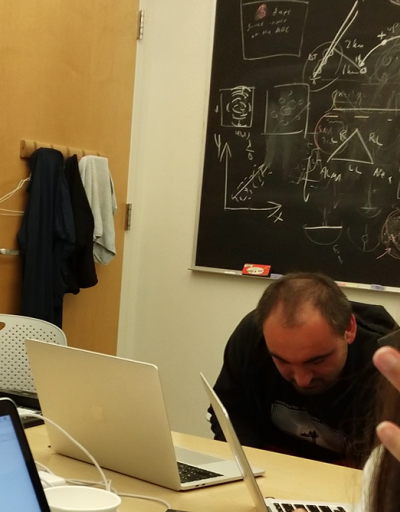In the United States of America (chapter 5), the adoption of the America First priority in 2017 led to new sector-specific policy goals, including that of reducing the US trade deficit in goods with key trading partners through the imposition of tariffs.
The trade dispute with China since 2018 has spilled over into the arena of high technology, technology transfer and intellectual property protection, posing a real risk of decoupling between the two countries in terms of technology and talent.
More generally, there is a broad consensus between federal agencies and the executive and legislative branches that the USA needs to adapt to an increasingly competitive international environment.
The federal government has, consequently, prioritized key digital technologies viewed as critical to the USA’s economic competitiveness and cybersecurity, including AI, quantum information science (QIS) and advanced mobile network technology. The first National Artificial Intelligence Research and Development Strategic Plan was published in 2016. Four years later, the federal government announced plans to double government investment in research in QIS and AI by 2022 over the 2019 baseline.

Space has re-emerged as a priority, as encapsulated by the National Space Policy of 2017. NASA was one of only four agencies targeted for an increase in the government’s budget proposal for 2021. Public–private partnerships involving NASA have been key to developing the private space industry.
The America First policy agenda has led the USA to withdraw from several multilateral agreements, including the Paris Agreement. A number of states have, nevertheless, chosen to respect their own commitment to climate action and the new administration returned the USA to the Paris Agreement in February 2021.
Between 2017 and 2019, the government rolled back more than 90 environmental protections. This, coupled with technological advances that have reduced the price of natural gas and renewables, led to an expansion of oil, natural gas and renewables that has been supported by generous tax incentives and a 22% increase in research funding for the Department of Energy between 2015 and 2020.
Despite health care accounting for about 18% of GDP in 2017, access and equity remain an issue. Moreover, the share of health care financed by federal, state and local governments is expected to rise to 47% by 2028, an unsustainable trajectory. Precision medicine is opening up a wide range of therapeutic possibilities but also raising health costs. With pharmacogenetics a burgeoning field, pharmaceutical companies will need to collaborate more with data giants, in future.
In 2020, independent antitrust reviews were under way of the five leading digital tech giants, in response to growing concerns about their influence on society, the economy and politics.
The Covid-19 pandemic has killed more than half a million US citizens. Despite the pandemic, new company registrations surged in 2020, even as the amount of venture capital available to start-ups shrank.
- Figure 5.1: Socio-economic trends in the United States of America
- Figure 5.2: Trends in research expenditure in the United States of America
- Figure 5.3: Trends in innovation in the United States of America
- Figure 5.4: Science and engineering in the United States of America, by state
- Figure 5.5: Trends in scientific publishing in the United States of America
- Figure 5.6: Top companies and research institutions publishing and patenting in artificial intelligence worldwide
- Figure 5.7: Manufacturing USA institutes, 2017
- Figure 5.8: Trends in energy in the United States of America
- Figure 5.9: US national expenditure on health care by spending category, 2016, 2018 and projections to 2028
- Figure 5.10: Trends in human resources in the United States of America






